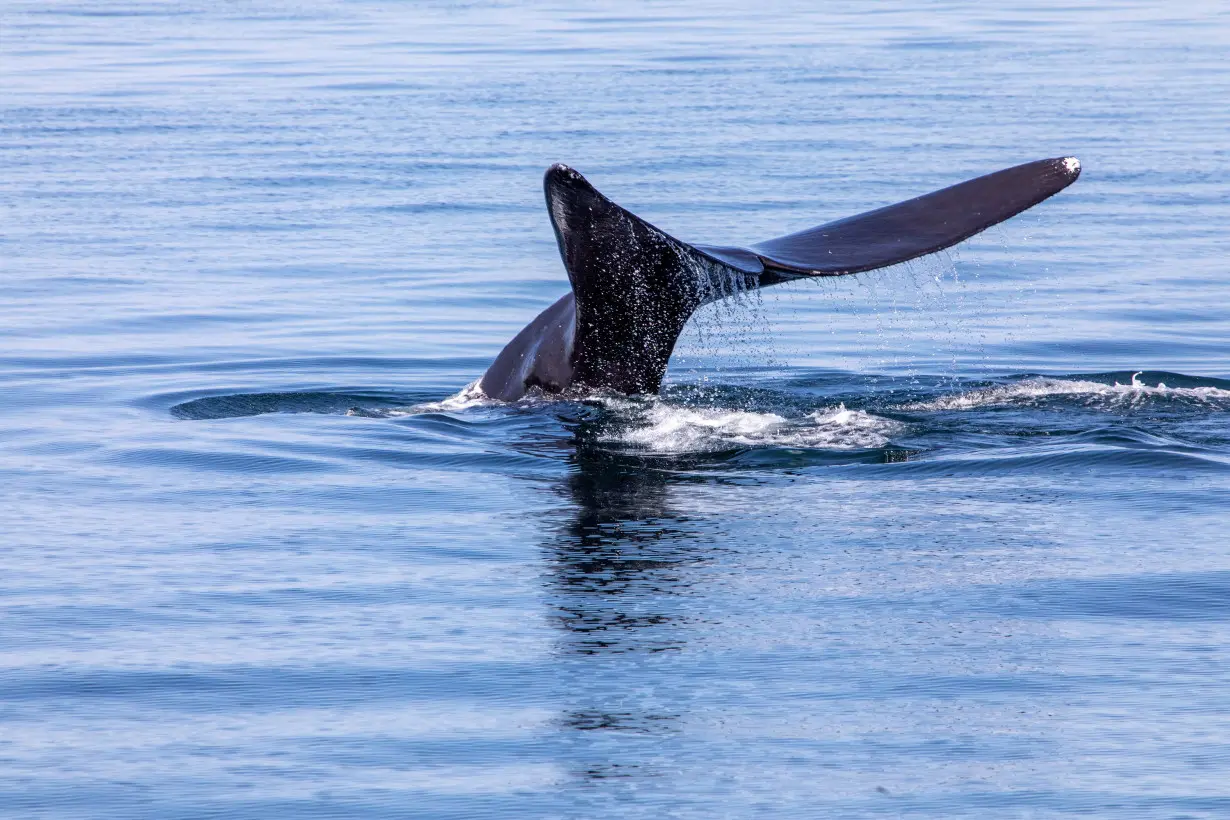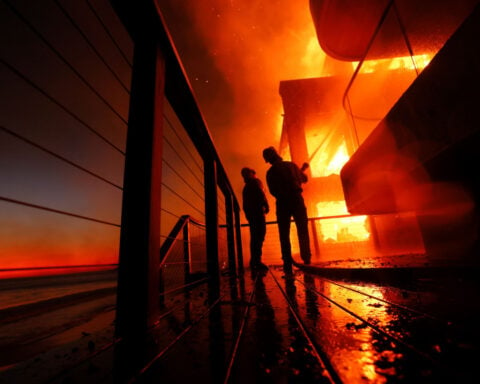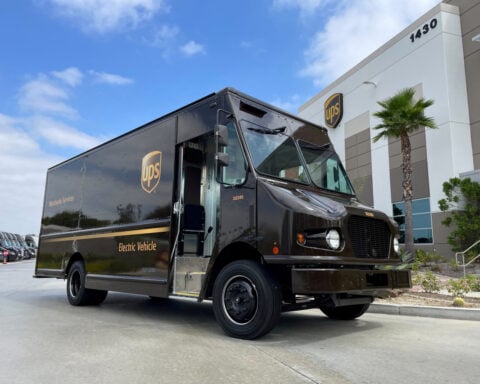BOSTON (Reuters) - More than 80% of ships are speeding through "go slow" zones set by environmental regulators along the U.S. East Coast to protect endangered North Atlantic Right Whales, according to a report released on Thursday by environmental group Oceana.
North Atlantic Right Whales are on the brink of extinction, numbering just 340, with ship strikes among the top causes of death.
Oceana said it analyzed boat speeds from November 2020 through July 2022 in slow zones established by the National Oceanic and Atmospheric Administration (NOAA) along the East Coast and found that 84% of boats sped through mandatory slow zones, and 82% sped through voluntary slow zones.
NOAA created the 10 knot limits for vessels over 65 feet (20 meters) long in 2008.
"Boats are speeding, and whales are dying — it's just that simple," said Oceana Campaign Director Gib Brogan, who urged regulators to boost enforcement of the speed restrictions.
NOAA told Reuters in an email that its own evaluation showed 80% compliance with speed restrictions in the zones, but added that its methodology was different from Oceana's.
"NOAA Fisheries’ approach evaluates overall compliance based on the percent of the total distance traveled by AIS-equipped vessels in the speed zones at compliant speeds," it said.
It pointed out that ships sometimes enter the zones above 10 knots before slowing down.
Oceana said it used data from Global Fishing Watch, an international nonprofit organization founded by Oceana in partnership with satellite imagery providers SkyTruth and Google, to track ship speeds and locations.
(Reporting by Richard Valdmanis; Editing by Sandra Maler)

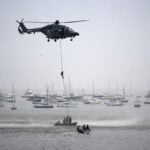 India's navy launches submarine, warships to guard against China's presence in Indian Ocean
India's navy launches submarine, warships to guard against China's presence in Indian Ocean
 UK inflation unexpectedly eases in December, which could reduce pressure in bond markets
UK inflation unexpectedly eases in December, which could reduce pressure in bond markets
 Body count from South African mine siege rises to 60
Body count from South African mine siege rises to 60
 Question on ASEAN stumped Hegseth at Senate hearing. What is it and why is it important?
Question on ASEAN stumped Hegseth at Senate hearing. What is it and why is it important?
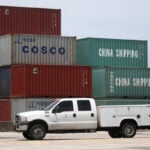 US importers rush in goods from China as Trump tariff threat looms
US importers rush in goods from China as Trump tariff threat looms
 Novak Djokovic breaks a tie with Roger Federer for the most Grand Slam matches in tennis history
Novak Djokovic breaks a tie with Roger Federer for the most Grand Slam matches in tennis history
 China's RedNote: what you need to know about the app TikTok users are flocking to
China's RedNote: what you need to know about the app TikTok users are flocking to
 British author Neil Gaiman denies ever engaging in non-consensual sex as more accusers come forward
British author Neil Gaiman denies ever engaging in non-consensual sex as more accusers come forward
